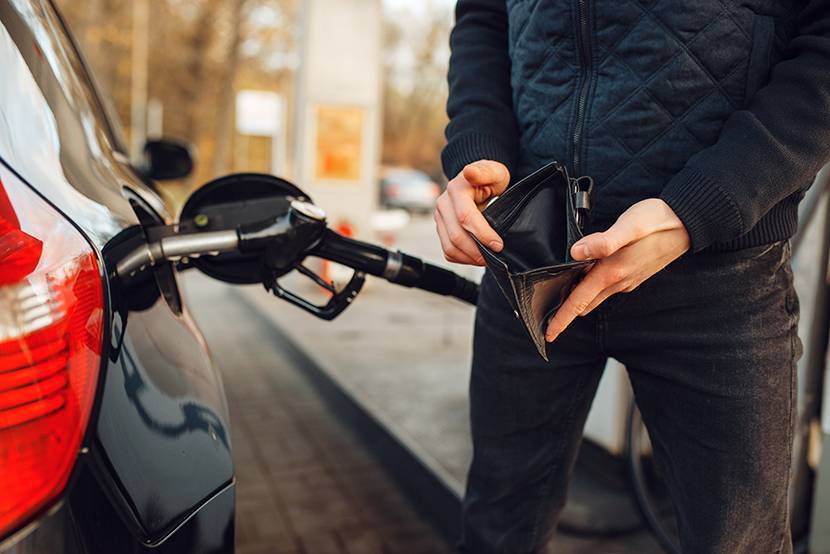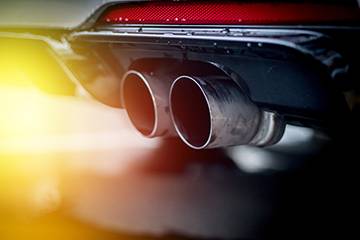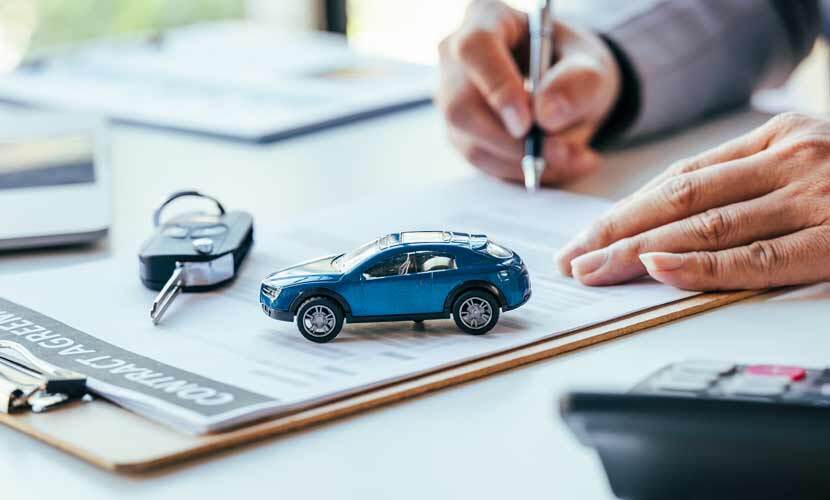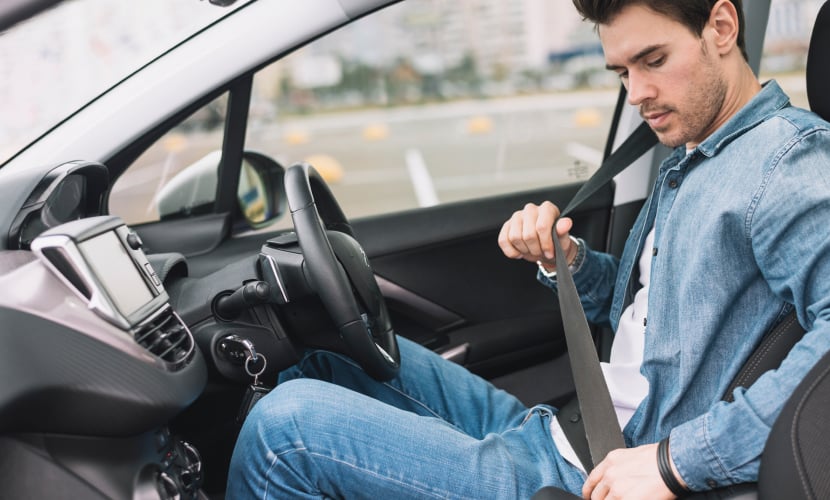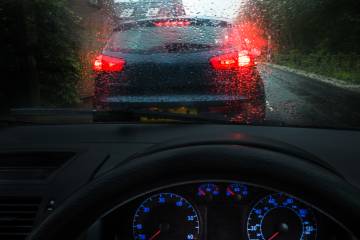To drive in the snow you need to plan your journey well, take all the precautions necessary, and take things slowly. Here we look at the best driving in the snow tips and advice to keep you safe on your journey.
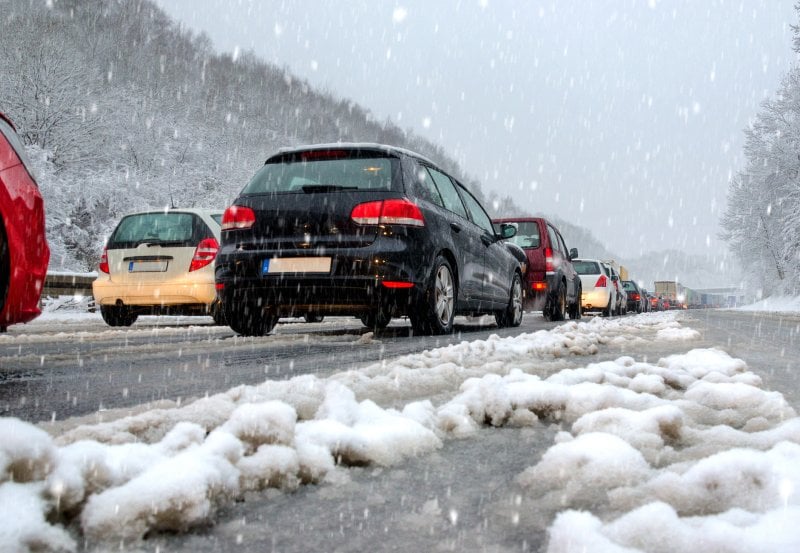
How to drive in snow
If you have to drive in the snow, here’s how you do it safely:
- Drive slowly.
- Accelerate gently, and get to the highest gear as quickly as you can.
- If you car has winter mode, activate it.
- If you don’t have winter mode, move off in second gear to reduce wheel slip.
- Leave as much as 10 times the recommended stopping distance between you and the car in front.
- Leave plenty of room before an uphill to maintain a constant speed without changing gear.
- Use a low gear when going downhill. Avoid braking unless necessary.
- Brake before turning the wheel when approaching a bend.
- If you lose grip on a bend, take your foot off the accelerator and make sure your wheel is facing the direction you want to go.
- If you skid, steer into it gently. If you skid to the left, steer gently to the left. Don’t slam on the brakes.
- Use your dipped headlights in heavy snow to ensure lights on the back of the car are showing.
- If visibility drops, turn on your fog lights.
- Keep to a sensible speed, and make sure your braking, accelerating and gear changes are all as smooth as possible.
How to prepare before driving in snow
If you have time to prepare for your journey, follow these tips to stay safe if you’re driving in snow and ice:
- Plan to stick to major roads where possible as they’re more likely to be gritted.
- Make sure you’re aware of alternative routes in case of accidents.
- Make sure your windscreen, windows, mirrors, lights and roof are all clear of snow and ice. You might need to demist your car’s windscreen too.
- Check your tyres to make sure they have enough tread to grip in the ice and snow.
- Use screen wash that protects to -35°C to stop it freezing.
- Make sure your phone is fully charged and you have the number of your breakdown cover provider.
- Wear warm, appropriate and comfortable footwear.
What should be in a breakdown kit in snowy conditions?
Here’s a list of things you may want to keep in your breakdown kit in case of an emergency:
- Shovel
- Torch
- Ice scraper and de-icer
- Warm clothes and blankets for you and any passengers
- First-aid kit
- Jump-start cables
- Snacks and a warm drink in a thermos
- Mobile phone charger
- Reflective warning sign
- Snow grips for your footwear in case you need to walk to safety
For more information, read our guide on what to do if you break down.
How to make sure your car is ready for the winter
A few simple checks could help you make sure your car is ready to deal with whatever the weather has to throw at it. Here’s what to check before the cold weather sets in:
Tyres
The minimum legal limit for tyre tread is 1.6mm, but at least 3mm of tread is recommended for winter driving. It's also be worth considering winter tyres.
They have a higher silica content, which gives you better grip in the cold and wet.
Fuel
Check you have more than enough for your journey - your car typically uses more fuel in colder weather.
Running out of fuel in winter could be disastrous, particularly if you have to face the snow and ice to get refuelled. Look out for petrol stations and top up before you have any issues.
Visibility
Make sure all windows and windscreens are properly de-iced and condensation-free before you set off.
All-round visibility is important, and it’s not enough to scrape a hole in your windscreen. As well as increasing the risk of accidents, this could lead to you being stopped by the police.
Check your wiper blades are in good condition as well, and ensure you’ve got enough screen wash and that it works in colder weather. Lower quality washes could freeze.
Lights
Make sure your lights are in good condition - especially your fog and dipped headlights.
Get a friend or family member to assess your brake and reverse lights if necessary.
Consider breakdown cover
Adequate breakdown cover could be crucial at this time of year, and it should give you the peace of mind of knowing you won’t end up stranded in the cold.
Remember to take a contact phone number with you on all journeys, and check your policy so you know exactly what you’re covered for.
Consider snow chains
Snow chains help to increase a tyre’s grip on ice or snow. They’re fixed to the top of your tyre’s tread and the grip is created when the snow chains and tyre work together.
Before fitting snow chains, you might need to change your tyres to those that are suitable for winter - or all weather tyres. Your car manufacturer or local garage should be able to give you advice on this.
If you decide to use snow chains, you need to add them to all tyres. You also need to know the make, model, and size of your tyres before you buy the chains.
Driving on ice tips
If you think there’s a risk of ice on the roads you should:
- Avoid travelling unless it’s necessary
- Avoid stamping on the brakes, harsh acceleration and aggressive steering
- Accelerate slowly and use brakes gently when needed
- Leave a longer stopping distance between you and the car ahead
- Stick to main roads as much as possible as they’re more likely to be salted and ice-free
Black ice
If you hit black ice, stay calm. Don’t brake, but take your foot off the accelerator and try to steer straight until you pass over the ice.
It’s most common in areas such as tunnels and roads under tree cover as they don’t get much sun.
This means you’re less likely to notice it, and you could drive over it at speed, causing you to skid.
Ironically, black ice isn’t really black. It’s a thin layer of transparent ice, which blends in with the colour of the road beneath it.


